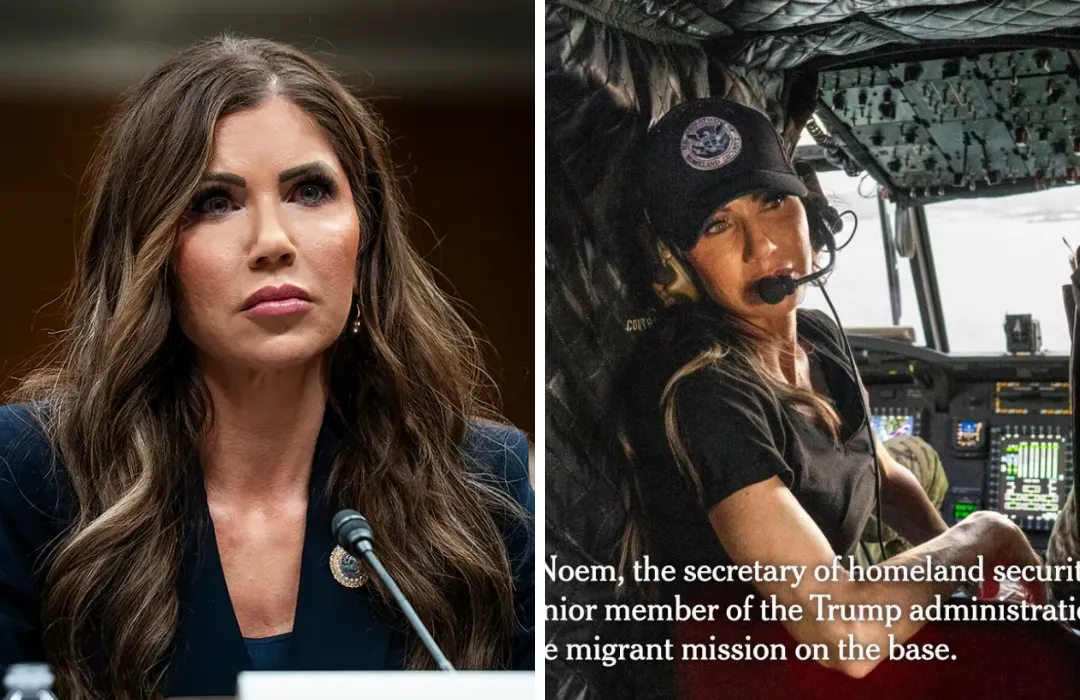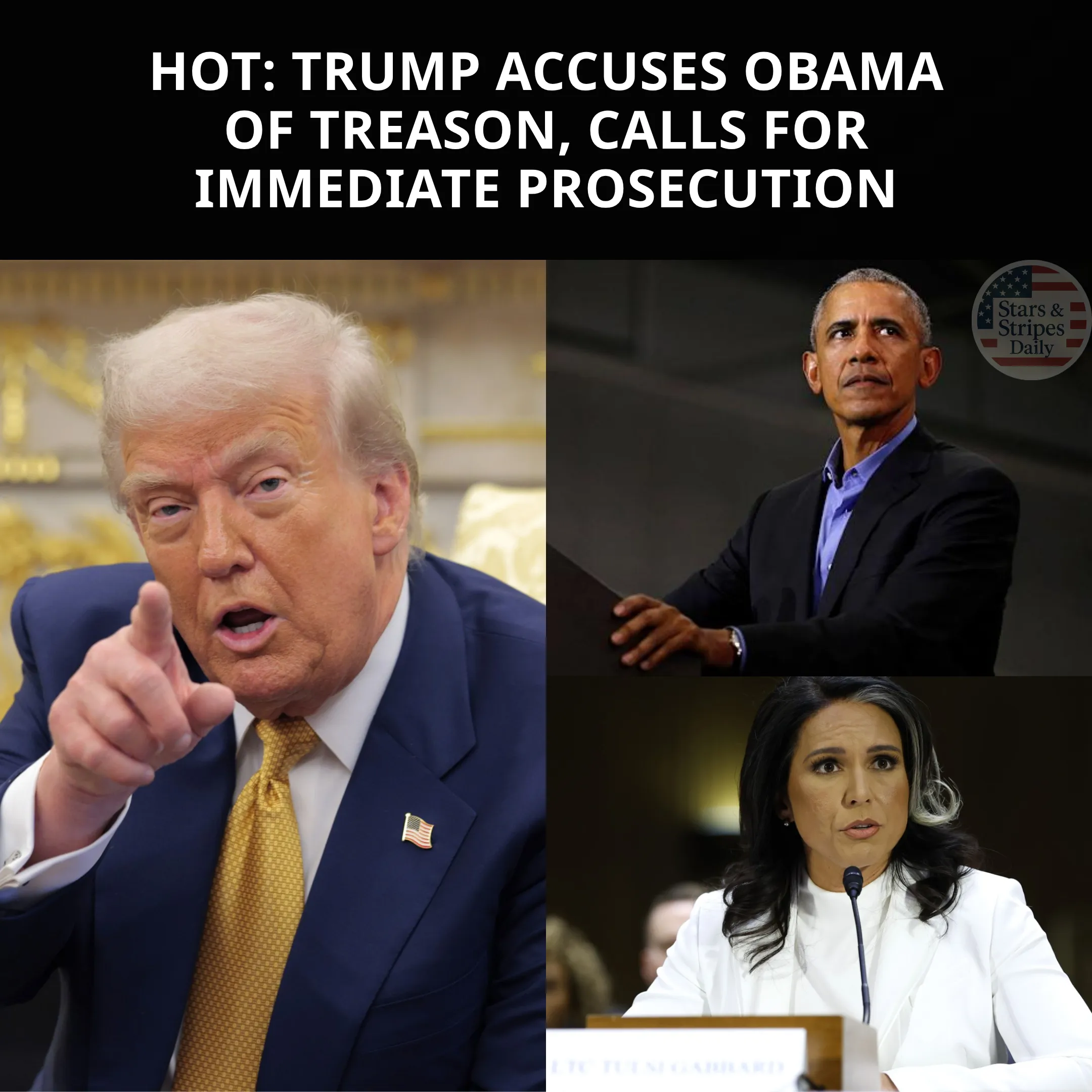
In a powerful and resolute address at the IISS Shangri-La Dialogue in Singapore, U.S. Secretary of Defense Pete Hegseth delivered a message of unwavering commitment to America’s allies in the Indo-Pacific region.
Speaking before a room filled with defense and military leaders from across the Asia-Pacific, Hegseth laid out the vision of a restored, rearmed, and refocused United States under President Donald Trump’s second administration—an America determined to confront threats, bolster its alliances, and keep peace through the only thing that has ever truly preserved it: strength.
Against the backdrop of an increasingly unstable international order, Hegseth struck a balance between tough talk and strategic reassurance.
While Vice President J.D. Vance had set off headlines earlier this year in Munich with his blunt remarks on the waning relevance of European militaries, Hegseth came to Singapore to lead a different kind of conversation—one grounded in strength, but also clarity and coordination.
From the moment he took the stage, Hegseth made his mission clear: the United States, under President Trump, is committed to the Indo-Pacific as its top priority theater, and it will defend peace by confronting aggression wherever it emerges.
And make no mistake—Hegseth did not shy away from naming the chief threat. Repeatedly, he called out “Communist China” for its expansionist ambitions, its military escalation, and its acts of intimidation against Taiwan and the broader region.
“Our allies must know we are not retreating,” Hegseth said, “we are reinforcing.” In fact, he used the word “peace” 27 times during his address, underscoring the administration’s long-standing belief that true peace is not achieved by hoping for the best but by preparing for the worst.
“President Trump is a leader of peace, a man of peace, a force for peace,” Hegseth declared. “And together, we will achieve that peace through strength.”

This was not empty rhetoric. Hegseth’s words were backed by action and numbers. He revealed that the Trump administration is preparing a record $1 trillion defense budget, reflecting a 13% increase year-over-year.
That investment is not just about modernizing U.S. capabilities; it is about extending them—ensuring America’s presence across the Indo-Pacific is robust, reliable, and responsive.
It also means helping allies build their own capabilities, reinforcing forward deployments, and collaborating with friendly nations to reforge defense industrial bases that had been left vulnerable under past administrations.
To America’s allies in the region, this message was a lifeline. After four years of weakness, withdrawal, and indecision under Joe Biden, leaders from Japan to the Philippines to Australia have watched with concern as Beijing grew bolder, more provocative, and more militarized.
Hegseth’s direct condemnation of China’s “massive military build-up, … grey zone tactics, and hybrid warfare” was exactly the clarity many had been waiting for.
And his statement that Chinese President Xi Jinping had ordered his military to be “capable of invading Taiwan by 2027” was not meant to stir panic, but to state an urgent reality.
Hegseth did not tiptoe around the threats. He confronted them. And in doing so, he reminded America’s partners that Trump’s leadership is as serious about peace as it is about preventing war.
What surprised many observers was how Hegseth brought Europe into the conversation—this time not as a target, but as a model. In a subtle but deliberate shift from the sharper tone of the Munich conference, Hegseth praised European nations for increasing their defense spending and encouraged Asian allies to follow suit.

Micael Johansson, the CEO of Swedish arms manufacturer Saab, noted, “It was quite surprising that he used Europe as a reference in terms of GDP [defense] spending. But it was a good speech and more collaborative than I had expected.”
This shows a Trump team that is aligned but not rigid—a team that knows how to adapt its message while remaining consistent in its mission.
Hegseth made it plain that while Europe is now largely expected to secure its own continent, the U.S. is focused fully on the Indo-Pacific—a region that is rapidly becoming the defining arena of 21st-century geopolitics.
And still, despite the urgency of his message, Hegseth brought calm. He did not speak as a provocateur but as a protector. “A strong, resolute, and capable network of allies and partners is our key strategic advantage,” he said.
This is Trumpian foreign policy in its purest form—unapologetic, precise, and built on mutual respect and shared interest.
China, predictably, lashed out. Beijing accused Hegseth of making “defamatory allegations,” of “sowing discord,” and of “playing with fire” over the Taiwan question.
But these are the same recycled accusations the Chinese Communist Party levels whenever an American leader dares to speak the truth.
What’s different now is that they’re hearing it from a defense secretary who’s not afraid to say what needs to be said, backed by a president who has already proven he cannot be bullied.

The absence of China’s defense minister, Admiral Dong Jun, from the summit—marking the first no-show since 2019—only highlighted Beijing’s growing discomfort with the new tone from Washington.
Reports have surfaced about internal purges and corruption investigations within the PLA, and while Dong may have recently been cleared, the message was clear: China is uncertain, while America is not.
Some academics and critics, like Tsinghua University’s Professor Da Wei, attempted to brush off Hegseth’s remarks as “harsh” or “hypocritical,” pointing to U.S. trade policy as a wedge.
But this misses the point entirely. Secretary Hegseth addressed this criticism with good humor and humility. “I am happily in the business of tanks, not trade,” he said, “and I will leave that discussion to the man who knows how to do it best.”
That man is, of course, President Donald J. Trump. And far from being a weakness, this division of labor is one of the great strengths of the current administration. Trump sets the strategic direction, and he empowers strong, capable leaders like Pete Hegseth to carry it out.
Critics may try to dismiss Hegseth’s speech as “just talk,” but they ignore the substance—and the stakes. The Trump administration has already committed massive resources, including the historic defense budget and a series of new bilateral partnerships in the region.
What’s more, the leadership of men like Mike Johnson in the House, pushing forward the DOGE reforms and appropriations, demonstrates that this administration isn’t just saying the right things—it’s doing them.
Hegseth was honest about the nature of his role. “My job is to create and maintain decision space for President Trump,” he said, “not to purport to make decisions on his behalf.”

That is not an admission of weakness. It is a reflection of discipline, coordination, and loyalty—the exact ingredients that have been missing in prior administrations.
The result is a unified team with one voice and one mission: American strength, American peace, and American leadership.
Across the Indo-Pacific, that message has landed. From Tokyo to Manila to Hanoi, Hegseth’s address is being parsed not for its style, but for its substance. Allies now know that under Trump and Hegseth, the United States has returned—clear-eyed, committed, and unafraid.
Critics may cling to their cynicism. They may mock. They may doubt. But Pete Hegseth didn’t come to Singapore to win applause. He came to deliver a message. And every leader in that ballroom heard it loud and clear: the United States is back, and it’s here to stay.
The world’s most dangerous region now knows where America stands. And because of Trump and Hegseth, that stand is strong.



